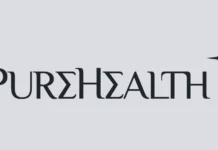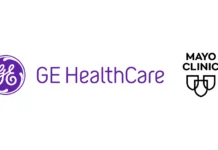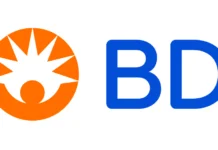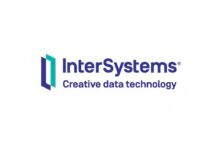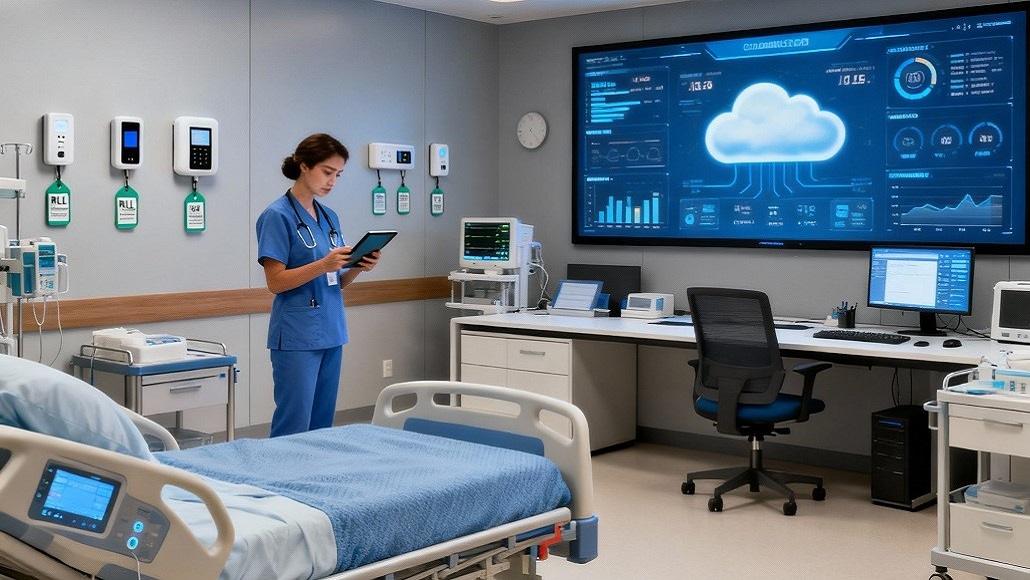The Smart Hospital Management System Market happened to be valued at USD 61.21 billion in 2024 and is anticipated to reach USD 168.00 billion by 2030, thereby rising at a CAGR of 18.15%.
This sort of growth is driven by increasing demand when it comes to efficient healthcare delivery, growing digital transformation, and also the need to optimize the functional costs in hospitals. Smart hospital management systems make utmost use of the advanced technologies such as IoT, cloud computing, and AI, as well as big data analytics, in order to enhance the clinical outcomes, automate the diagnostics, and also streamline the administrative workflows. These systems help with real-time monitoring and predictive maintenance, as well as seamless coordination among the healthcare professionals, thereby proving especially important in high-complexity healthcare scenarios.
The growing prevalence of aging populations, chronic diseases, and also pressure on healthcare infrastructure are indeed speeding up the adoption of intelligent hospital systems. Investments coming from both government and private sectors into digital healthcare infrastructure, in a way, are further fueling the growth, especially in both developed nations and emerging economies. Software components like the EHR and HIS go on to dominate the market, whereas the IoT stands out as being the fastest-growing technology. Cloud-based models are indeed gaining a lot of ground for their scalability as well as cost-efficiency, whereas key applications like pharmacy automation, inpatient and outpatient management, and also revenue cycle optimization continue to thrive and also drive the demand throughout the multispecialty as well as super-specialty hospitals.
Major Market Drivers
Fast Adoption of IoT in Healthcare: The broadened integration of Internet of Things (IoT) technology happens to be quite significantly advancing the smart hospital management systems. IoT helps with the connectivity between patients and medical equipment as well as hospital systems, upgrading the efficiency along with care quality. More than 60% of hospitals across the world have adopted IoT-enabled tools when it comes to patient and asset tracking.
The usage of Real-Time Location Systems (RTLS) has also reduced equipment loss by almost 35%, whereas the IoT integration within the HVAC systems has attained the energy cost savings of almost 20%. Smart beds along with IoT-enabled wards have also demonstrated a 30% enhancement in patient turnover and a 25% decrease in bed-related errors. These kinds of executions decrease manual workloads, support the proactive equipment maintenance, and also enhance both operational performance andpatient care outcomes.
Major Market Barriers
High Initial Investment along with High Operational Costs: One of the major challenges hindering the adoption happens to be the high cost, which is associated with executing smart hospital management systems. Building the needed infrastructure, like AI platforms, IoT devices, and smart sensors, as well as software integration, happens to demand quite significant capital expenditure.
Hospitals have to invest in secure networks, advanced hardware, and RFID systems as well as servers. Software licensing and system upgrades, along with cloud deployment, add to long-term operational expenses. Besides, customization to align with the legacy systems can extend the execution timelines and also raise the financial strain. Smaller hospitals as well as facilities in developing countries often have a dearth of the financial capacity for such sorts of investments, and the public healthcare institutions may as well face some very long ROI periods, therefore deferring their initiatives related to digital transformation.
Major Market Trends
Expansion when it comes to remote patient monitoring as well as virtual care platforms: As healthcare transitions toward value-based as well as patient-centered models, remote patient monitoring (RPM) and virtual care are indeed becoming very integral to smart hospital systems. These kinds of platforms help the hospitals to track the patients outside the clinical settings, enhancing the chronic disease management and at the same time also reducing readmission rates.
Mobile apps and wearables, as well as connected sensors, track vital signs like heart rate along with oxygen saturation, therefore transmitting the real-time data to the hospital systems. Integration of RPM has also decreased readmissions by almost 45% and grown medication adherence by 30%. Hospitals also happen to be expanding their virtual consultation services, specifically in remote or underserved areas, so as to lessen the strain on physical infrastructure. Through integrating RPM along with hospital management systems, easy data exchange between providers as well as patients is enabled, therefore boosting the clinical efficiency and at the same time decreasing the burden on operations.






